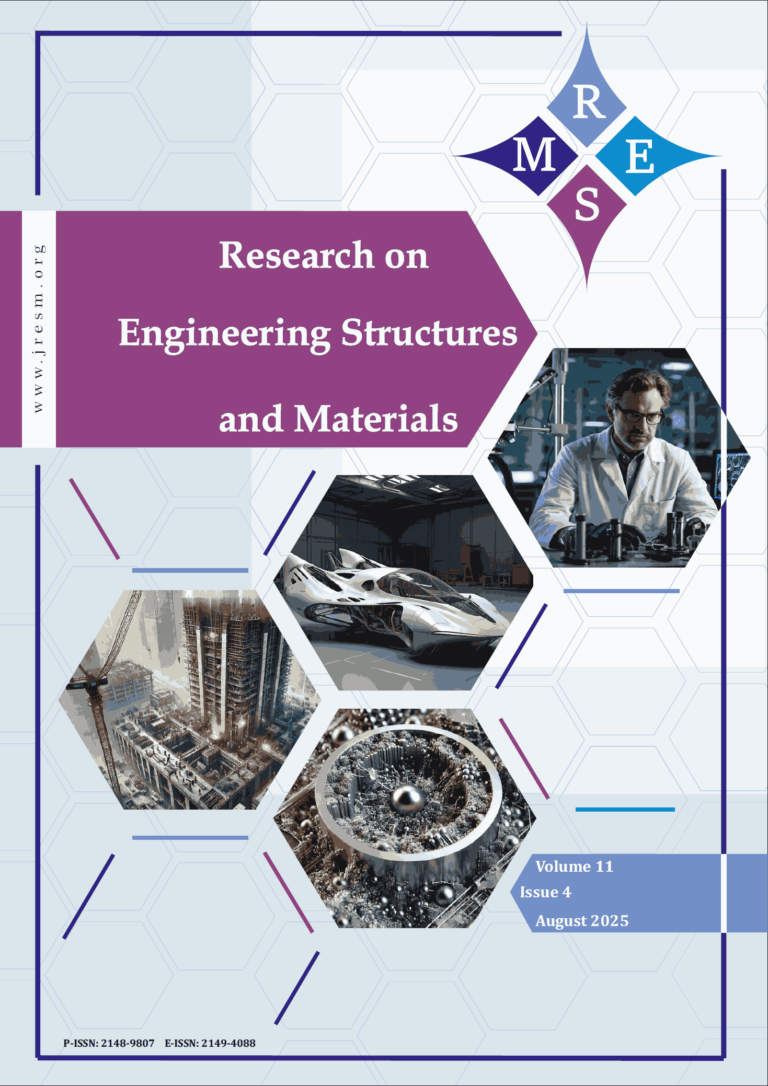This study investigates the effectiveness of solar energy-based heat treatment for concrete and mortar as a sustainable alternative to conventional curing methods. The approach aims to enhance early-age strength while reducing energy consumption, lowering production costs, and minimizing environmental impact. The acceleration of concrete and mortar hardening contributes to early-age strength development, which is beneficial for the prefabricated construction industry. Two treatment cycles were conducted: The first was: A 10 hours cycle in a solar dryer (SD) and an oven, reaching a maximum temperature of 55°C, with an average relative humidity of 60%. The second was: A 12 hours cycle in a solar greenhouse (SG), achieving 60°C with 50% relative humidity. The results of the tests were compared with those of the control specimens, hardened in at 25°C, 50% of relative humidity. The heat treatment significantly enhanced early-age strength development. On day one, mortar flexural strengths in SD, oven, and SG reached 25%, 25%, and 18%, respectively, of 28 days control specimen strength. However, treatment conditions did not significantly affect flexural strength at 120 days, with treated specimens exhibiting strengths comparable to control specimens. Moreover, these treatments lower concrete production costs while reducing CO₂ emissions by approximately 214.6 g/m³, underscoring their positive environmental impact.
